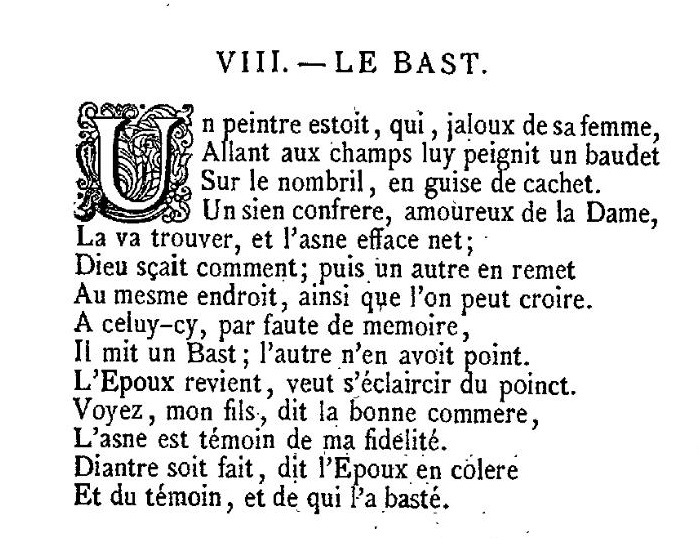As you may have noticed [1] [2], I currently have a crush on the Italian historian Carlo Ginzburg. In the latter’s Titian, Ovid, and sixteenth-century codes for erotic illustration is a record of what may be the very first description (an ekphrasis) of an erotic painting, found in Terence’s play Eunuchus.
The scene is like this:
Chaerea, a young Athenian man, spots the girl Pamphila and falls in love with her. He follows her to her house where he substitutes for a eunuch. While Pamphila’s servants prepare her bath, she looks at a painting of Danae and so does Chaerea.
- “While preparations were being made, the damsel sat in a room looking up at a certain painting, in which was represented how Jove is said once to have sent a golden shower into the bosom of Danaë.” [3]
Chaerea resolves to follow the example of Jove (Jupiter) — the supreme seducer of Greek mythology — and sleeps with the girl. Some accounts speak of rape:
- “a picture of Danae and the golden shower in her lap inflames a young man with such lust and such envy of Jupiter’s sexual agency that he rapes the object of his desire”[4].
The following is (as always) is the part I love. Negative reviews of finger-wagging detractors:
The finger-wagger is Saint Augustine who in the words of Ginzburg intends to “demonstrate the evil effects of lascivious pictures.”
In City of God Augustine says:
- “Hence the young profligate in Terence, when he sees on the wall a fresco representing the fabled descent of Jupiter into the lap of Danae in the form of a golden shower, accepts this as authoritative precedent for his own licentiousness, and boasts that he is an imitator of God.”[5]
And that same Saint Augustine on the same passage in Confessions:
- “Hence words are learnt; hence eloquence; most necessary to gain your ends, or maintain opinions.” As if we should have never known such words as “golden shower,” “lap,” “beguile,” “temples of the heavens,” or others in that passage, unless Terence had brought a lewd youth upon the stage, setting up Jupiter as his example of seduction.
-
- “Viewing a picture, where the tale was drawn,
- Of Jove’s descending in a golden shower
- To Danae’s lap a woman to beguile.”
- And then mark how he excites himself to lust as by celestial authority:
-
- “And what God? Great Jove,
- Who shakes heaven’s highest temples with his thunder,
-
- And I, poor mortal man, not do the same!
- I did it, and with all my heart I did it.”[6]
The best Danae is still Klimt’s. I previously posted it here[7].


